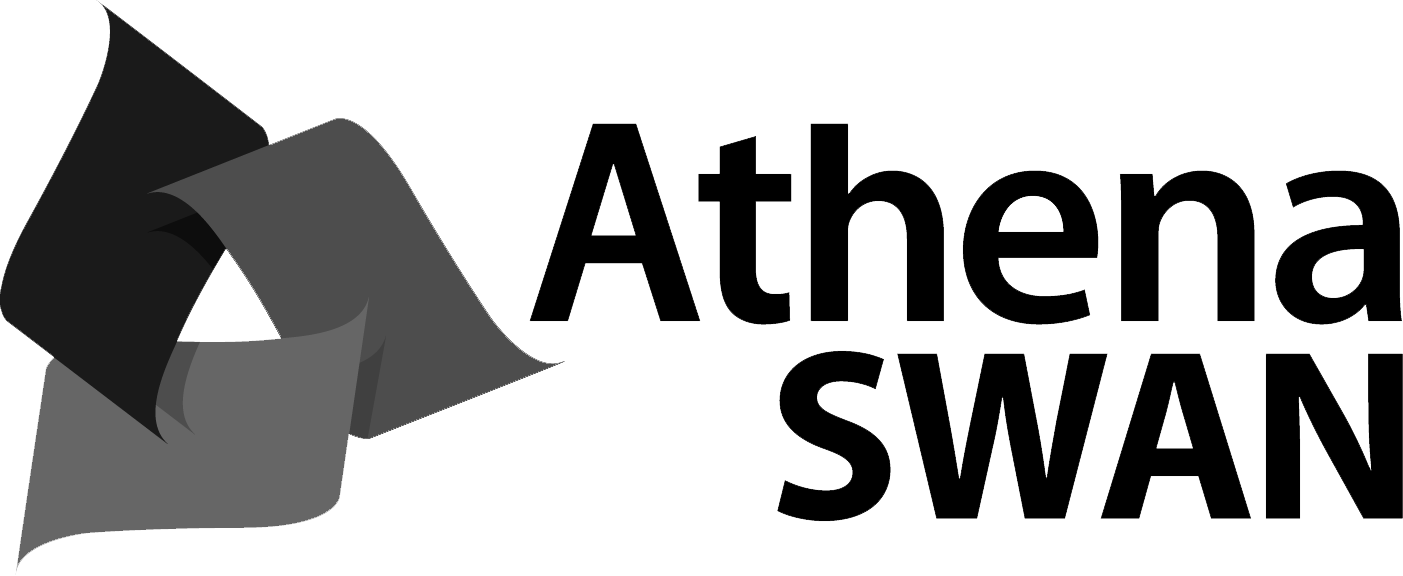Design studios are the heart of the urban design program. Values, knowledge and skills acquired in other units and from previous experience are supplemented and enhanced, and applied creatively to both the investigation and development phases of design projects at an urban scale. Urban Design Studio: Urban Precinct is concerned with developing design propositions that respond to the changing environmental, economic and social context of the city and that challenge 'business as usual' practice. Projects are carefully chosen to explore large complex urban areas, such as urban centres, waterfront precincts, renewal precincts, institutional campuses or major infrastructure interventions. The studio will generate proposals for major urban structures, spaces and forms which are rigourously informed by design methodologies. Inter-disciplinary group work is an essential part of the studio and integrates the broad range of backgrounds and skills of the students while mimicing the reality of practice. The central aim of this unit is to develop illustrative, writing and verbal skills which will enable students to carry out urban design projects such as the preparation of strategies, frameworks, master plans and public domain concepts in a professional and visionary manner. Students will be expected to demonstrate appropriate problem recognition, investigative, analytical, interpretative, design and presentation skills and abilities on projects of major urban scale. Assessment may also embrace abilities to prepare and interpret project briefs, program proposals and work in groups.
Unit details and rules
| Academic unit | Urban and Regional Planning and Policy |
|---|---|
| Credit points | 12 |
| Prerequisites
?
|
ARCH9100 |
| Corequisites
?
|
None |
|
Prohibitions
?
|
None |
| Assumed knowledge
?
|
None |
| Available to study abroad and exchange students | Yes |
Teaching staff
| Coordinator | Deena Ridenour, deena.ridenour@sydney.edu.au |
|---|---|
| Lecturer(s) | Deena Ridenour, deena.ridenour@sydney.edu.au |
| Tutor(s) | Deena Ridenour, deena.ridenour@sydney.edu.au |
| Brendan Randles, brendan.randles@sydney.edu.au | |
| Tanya Vincent, tanya.vincent@sydney.edu.au | |
| Alice Vialard, alice.vialard@sydney.edu.au |





